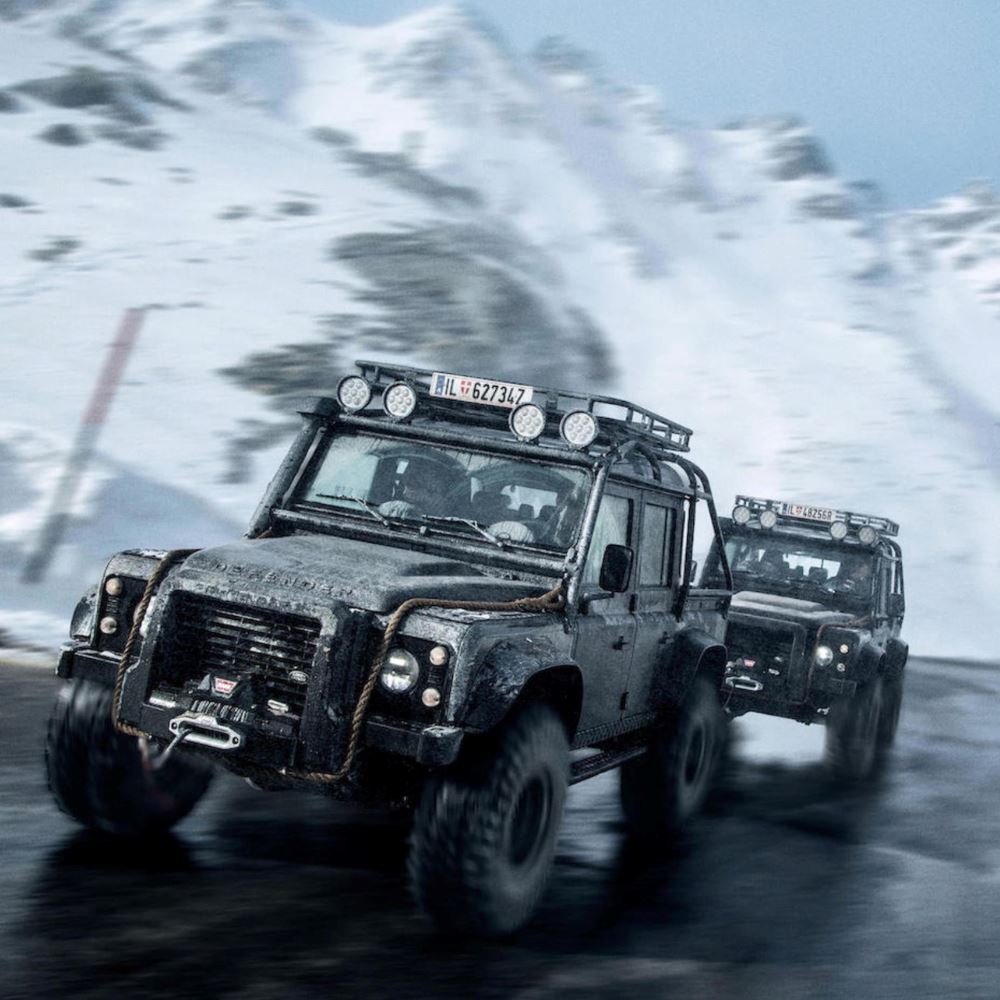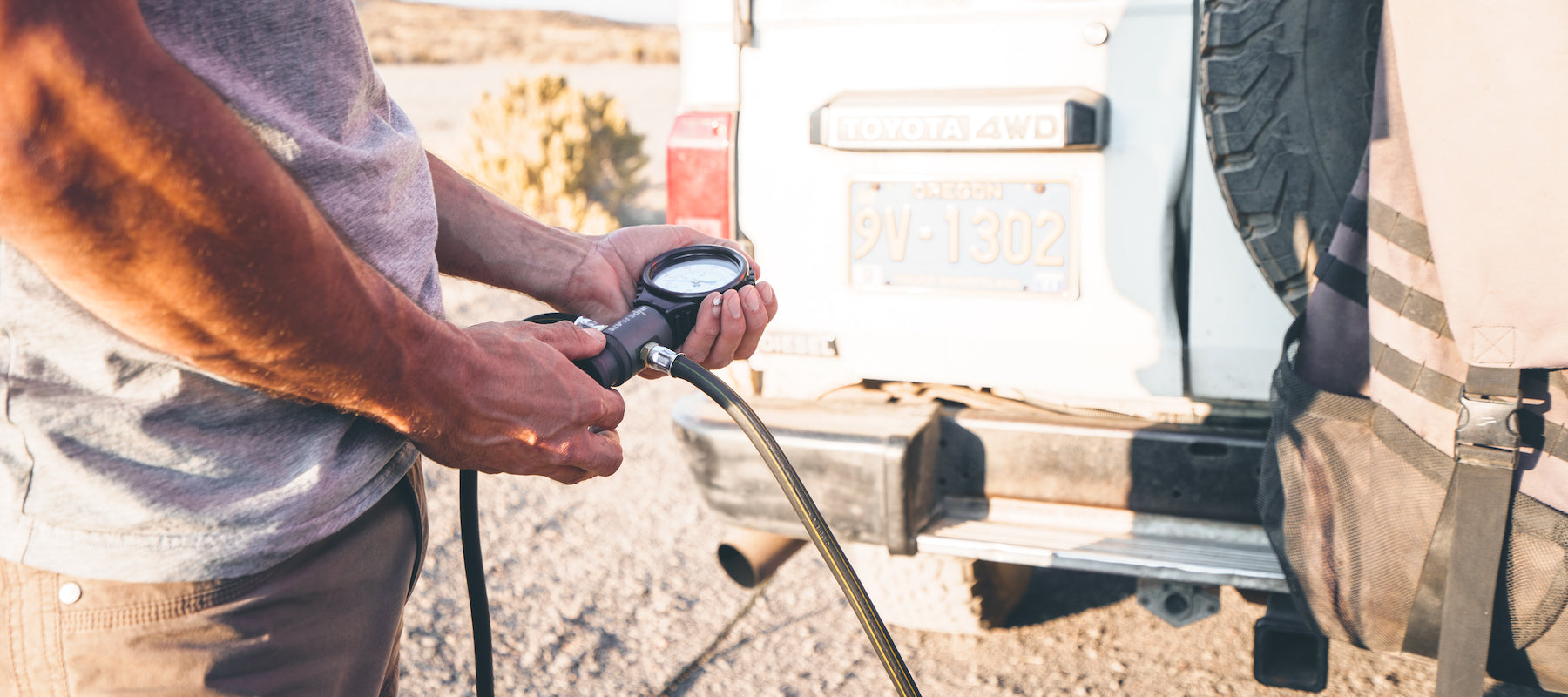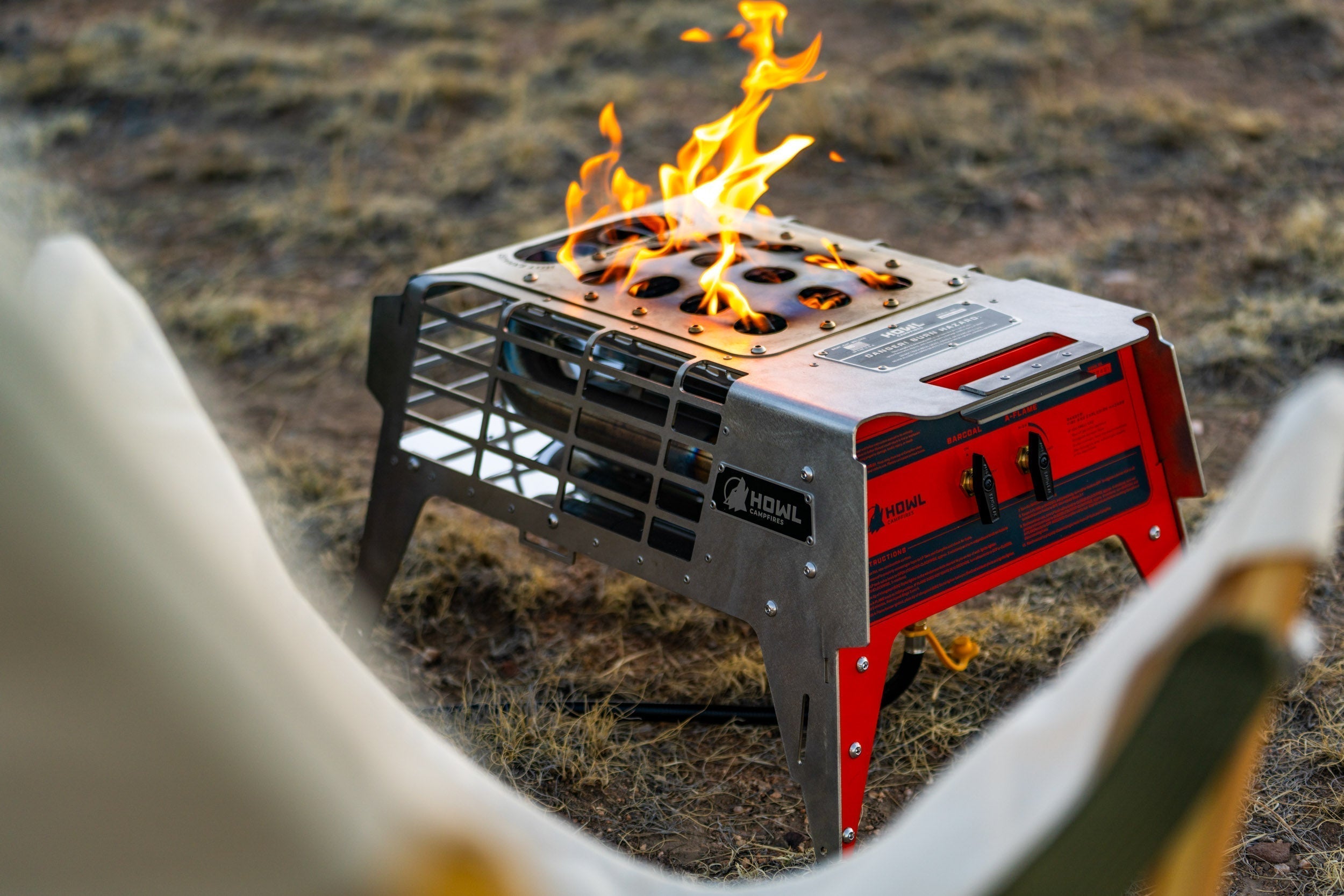And over the years, it has certainly lived up to that reputation. From firefighting to snow plowing to tractoring, the Unimog has proven to be much more than just a workhorse, and its versatility is virtually unmatched.
One of the key features that sets the Unimog apart is its portal axles, which provide additional gearing for larger tires and increase ground clearance. The Unimog comes in a range of tire sizes, from the U401 to the U8000, and its incredibly low final drive ratio allows it to drive at extremely low speeds with a huge amount of torque. In other words, the Unimog is built to tackle even the most challenging conditions and terrains.
Now, let's delve into the different generations of the Unimog and see how this remarkable vehicle has evolved over the years. First up is the first generation, which was produced from 1948-1953. The first generation Unimog was a true game-changer, with a unique design that set it apart from anything else on the market at the time. It was well received by the press, with many praising its versatility and ruggedness. The first generation Unimog included the U401, U402, and U404 models.
The U401 was powered by a Mercedes-Benz OM621 engine, a 2.2 liter inline-four that produced 50 horsepower and 94 pound-feet of torque. It had a four-speed manual transmission and was capable of reaching speeds of up to 50 mph. The U401 had a payload capacity of 3.5 tons. The U402 was similar to the U401, with the same engine and transmission, but it had a longer wheelbase and a higher payload capacity of 5 tons. And the U404 was the largest of the first generation Unimogs, with a Mercedes-Benz OM622 engine, a 3.0 liter inline-six that produced 75 horsepower and 142 pound-feet of torque. It also had a four-speed manual transmission and a higher payload capacity of 7 tons than the other two models.
Next up is the second generation of Unimogs, produced from 1954-1963. This generation featured a number of upgrades over the first generation, including visual changes like a new grille and headlights. The second generation Unimog included the U406, U407, U416, and U417 models. The U406 was powered by a Mercedes-Benz OM622 engine, a 3.0 liter inline-six that produced 75 horsepower and 142 pound-feet of torque. It had a four-speed manual transmission and a higher payload capacity of 7 tons than the first generation Unimogs. The U407 was similar to the U406, but it had a longer wheelbase and a higher payload capacity of 8.5 tons. The U416 and U417 were the largest of the second generation Unimogs, with Mercedes-Benz OM621 engines, 4.0 liter inline-sixes that produced 95 horsepower and 173 pound-feet of torque. They both had four-speed manual transmissions and even higher payload capacities of 10 tons. The third generation of Unimogs, produced from 1964-1988, received a number of visual updates and was once again well received by the press. This generation of Unimogs was especially popular with enthusiasts, who often swapped in different engines and gear ratios to improve performance and drivability.
The third generation Unimog included the U1000, U1100, U1200, U1300, and U1400 models. The U1000 was powered by a Mercedes-Benz OM352 engine, a 3.8 liter inline-six that produced 95 horsepower and 173 pound-feet of torque. It had a four-speed manual transmission and a higher payload capacity of 10 tons than the second generation Unimogs.
The U1100 was similar to the U1000, but it had a longer wheelbase and a higher payload capacity of 11.5 tons. The U1200, U1300, and U1400 were the largest of the third generation Unimogs, with Mercedes-Benz OM364 engines, 5.7 liter inline-sixes that produced 120 horsepower and 214 pound-feet of torque. They all had four-speed manual transmissions and even higher payload capacities of 13.5 tons. In addition to its impressive engines, the third generation Unimog also included a number of advanced features, such as hydraulic brakes and an optional hydraulic suspension system. These features made the third generation Unimog even more versatile and capable on a variety of terrains and tasks.
Finally, we come to the fourth generation of Unimogs, which has been in production from 1989 to present. This generation has received a number of updates and improvements over the previous generation, including a new cab design and the addition of a variety of new engines.
The fourth generation Unimog includes the U500, U600, U700, U800, and U900 models. The U500 is powered by a Mercedes-Benz OM906 engine, a 6.4 liter inline-six that produces 240 horsepower and 561 pound-feet of torque. It has a six-speed manual transmission and a payload capacity of over 11 tons. The U600 is similar to the U500, but it has a longer wheelbase and a higher payload capacity of 12.5 tons. The U700 and U800 are even larger, with Mercedes-Benz OM926 engines, 7.2 liter inline-sixes that produce 280 horsepower and 664 pound-feet of torque. They both have six-speed manual transmissions and even higher payload capacities of 14 tons. The U900 is the largest of the fourth generation Unimogs, with a Mercedes-Benz OM471 engine, an 8.0 liter inline-six that produces 340 horsepower and 811 pound-feet of torque. It has a six-speed manual transmission and a payload capacity of over 14.5 tons.
In addition to its impressive engines, the fourth generation Unimog also includes a number of other advanced features, such as electronic stability control, traction control, and a hydraulic suspension system that allows for a smooth ride even on rough terrain. These features make the fourth generation Unimog even more capable and reliable than ever before.
In conclusion, the Mercedes-Benz Unimog is a true automotive icon, with a long and storied history of tackling the toughest tasks and environments. Its versatility and ruggedness have made it a go-to vehicle for many industries around the world, and it has proven to be a reliable and hardworking machine that can handle any challenge thrown its way. Whether you're a farmer, a construction worker, or an enthusiast, the Unimog is the ultimate vehicle for those who demand the best from their machine. As the saying goes, the Unimog can do it all, and then some.
|
First Generation (1948-1953):
Second Generation (1954-1963):
Third Generation (1964-1988):
Fourth Generation (1989-present):
|







